At CarnivoreWeb.com, we independently review products and outfitters. However, we may earn a commission when you purchase products through links on our site. Read our affiliate policy. Read about how we test products.
Extending The Reach Of The Lever Gun.
Lever guns and long range are rarely mentioned in the same sentence. Given the ballistics of the cartridges they’re chambered for, traditional lever guns have a maximum practical range of, at best, 250 yards. Henry Repeating Arms sought to change that with their Long Ranger rifle. But, before we examine whether they accomplished that or not, some history is in order.
The AR-15 is the most popular long-gun in the United States, but it doesn’t tug on the heart strings of American shooters in the same way as a lever gun. Americans and lever guns are inexorably linked and forever will be; when we’re flying X-wings and carrying light-sabers, someone will still have a lever gun slung over their shoulder. Maybe it’s the little bit of cowboy in us, or maybe it’s the physical interaction of jacking that lever. Whatever the reason, nothing screams John Wayne, apple pie, and America like a lever-action rifle.
Of course, traditional lever-action rifles have been ballistically outclassed since the introduction of the 30-06 in the early 1900s. The round-nose bullets necessitated by tube-fed lever guns simply cannot compare with the 30-06 and similar cartridges. Several box-magazine-fed lever-action designs that’d work with more modern cartridges, like the Winchester 1895 (1895), Savage 99 (1899), Winchester 88 (1955), Sako Finnwolf (1963), and Browning BLR (1970), were attempts to level the playing field. The Savage was probably the most popular of them all, but only the Browning BLR remains.
Recent ammunition advancements in traditional lever-action ammunition sought to close the performance gap, as well. In 1982, Winchester introduced the 307 and 356 Winchester cartridges. Marlin introduced the 308 and 338 Marlin Express cartridges in 2007 and 2009. And, in 2006, Hornady introduced their innovative, soft polymer tipped, LeverEvolution ammunition. Today, only the LeverEvolution ammunition — which will extend the range of traditional lever guns by about 50 yards — is still with us.
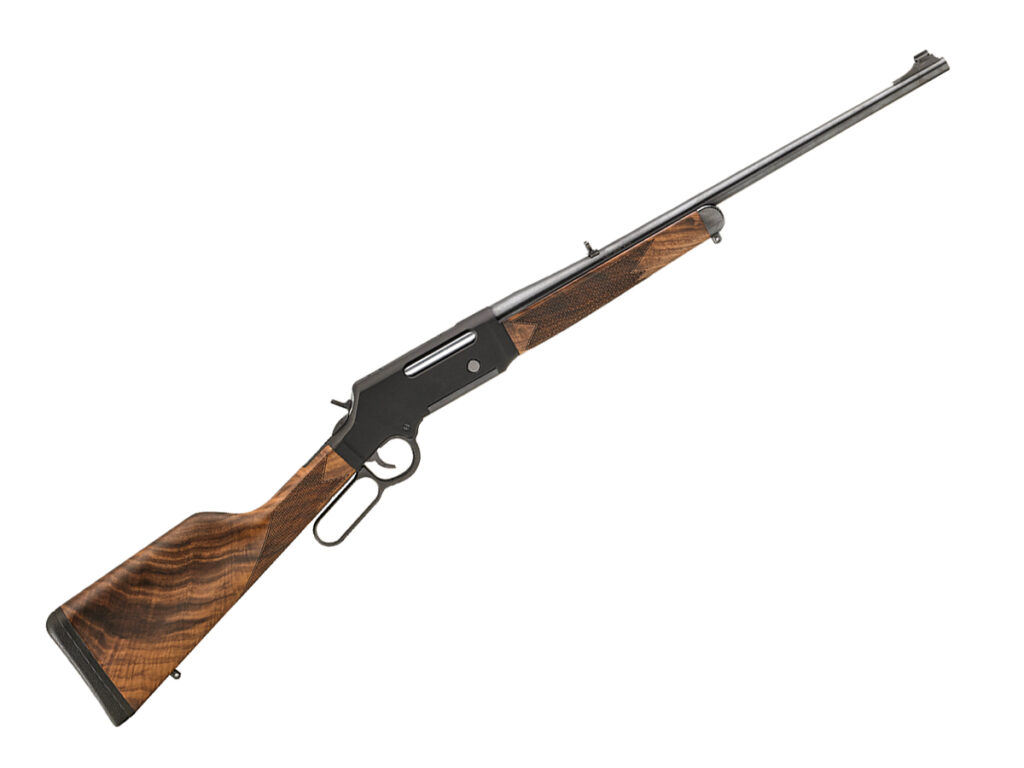
HENRY LONG RANGER SPECS
Action: Lever
Caliber: 6.5 Creedmoor (tested), also 223 Remington, 243 Winchester, 308 Winchester
Barrel Length: 20 inches (22 inches in 6.5 Creedmoor)
Twist Rate: 1 in 8
Length: 42.5 inches
Weight: 7 Pounds
Capacity: 4-round detachable magazine (5 rounds in .223 Rem)
Trigger: Single stage, 5.5 pounds
MSRP: $1,280
URL: HenryUSA.com
The Long Ranger
As the great poet Bob Dylan proclaimed, “The times they are a changing.” The long-range shooting craze has hunters who once felt a 200-yard-capable lever gun was all they’d ever need now looking for extra reach. Also, with Marlin’s nearly 10-year hiatus from the manufacture of lever guns, Henry Repeating Arms became the lever-gun leader, and their customers are extremely loyal. So, in 2016, Henry felt the time was right to once again extend the reach of the lever gun. Their answer was the Henry Long Ranger, and they just recently added the 6.5 Creedmoor chambering.
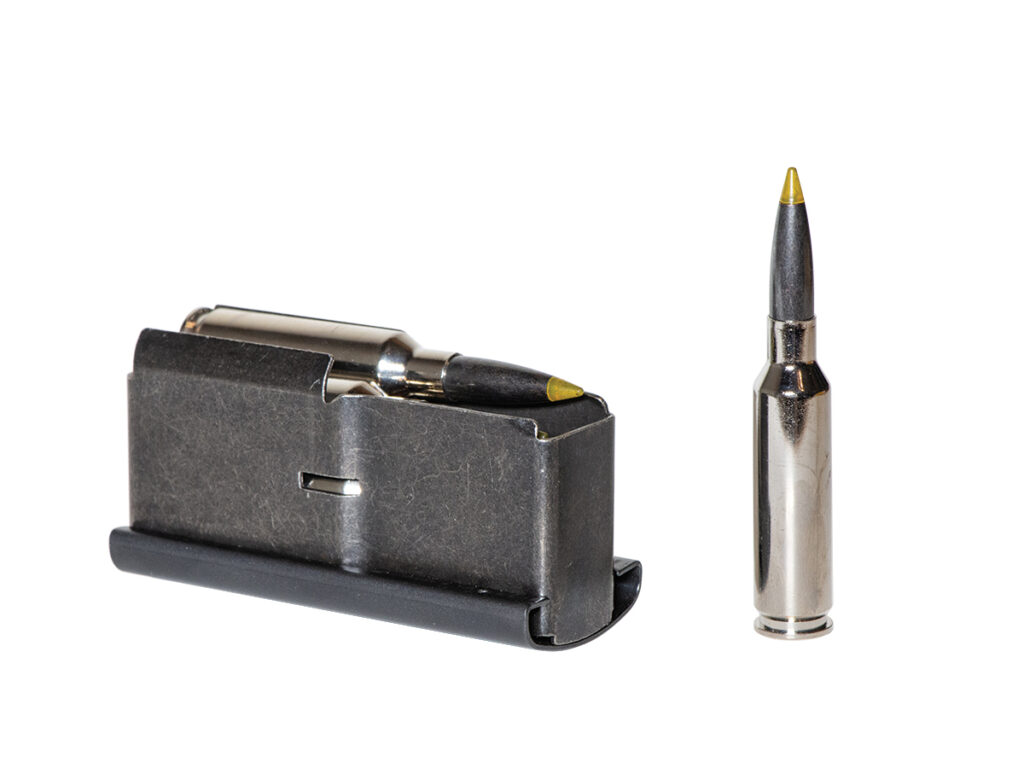
At first blush, it appears the Long Ranger is a clone of the Browning BLR. Though the rifles look similar and rely on a 90-degree throw rack-and-pinion lever, front-locking rotating bolt, aluminum receiver, detachable magazine, and an exposed hammer, the Henry is more of an amalgamation of the Savage 99 and Winchester 88, enhanced with some proprietary design elements of Henry’s own.
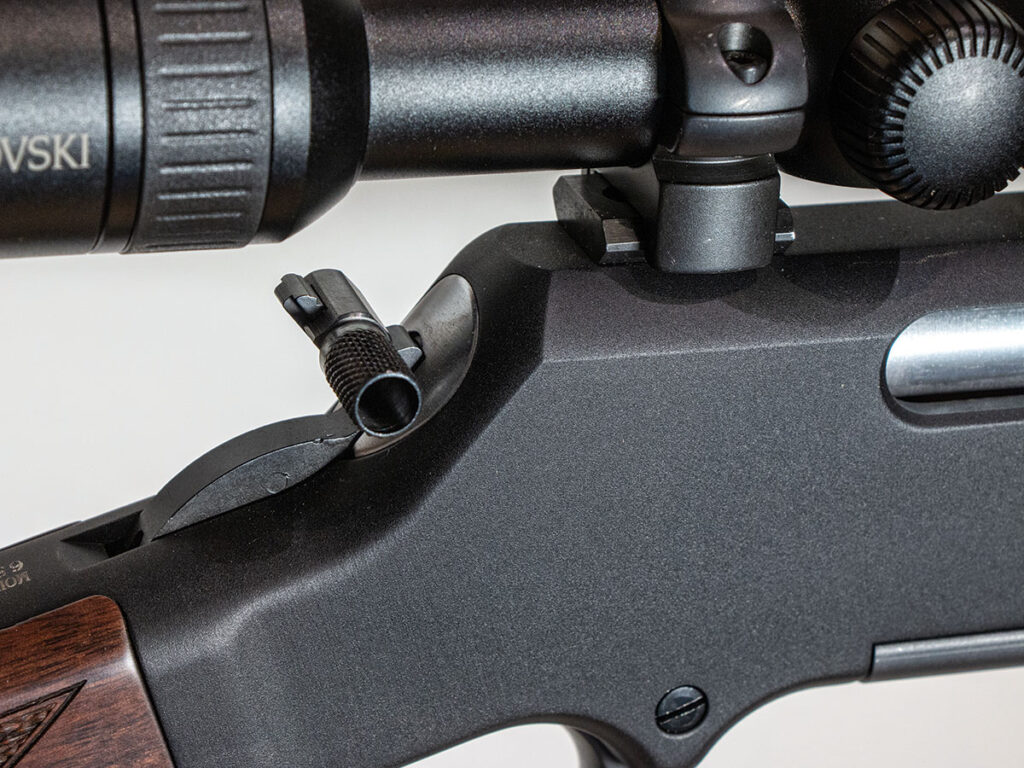
The Long Ranger comes standard with a hammer extension to make it easier to cock and uncock the action when a riflescope is installed. The action is drilled for Weaver-style scope bases, and they’re supplied with the rifle. Sling swivel studs are standard; the rear is located in the common position, and the front is attached to the blued steel nose cap of the forend. And, the rifle feeds from a detachable, four-round magazine that’s easily inserted. It’s removed by pressing a half-inch button positioned on the right side of the receiver.
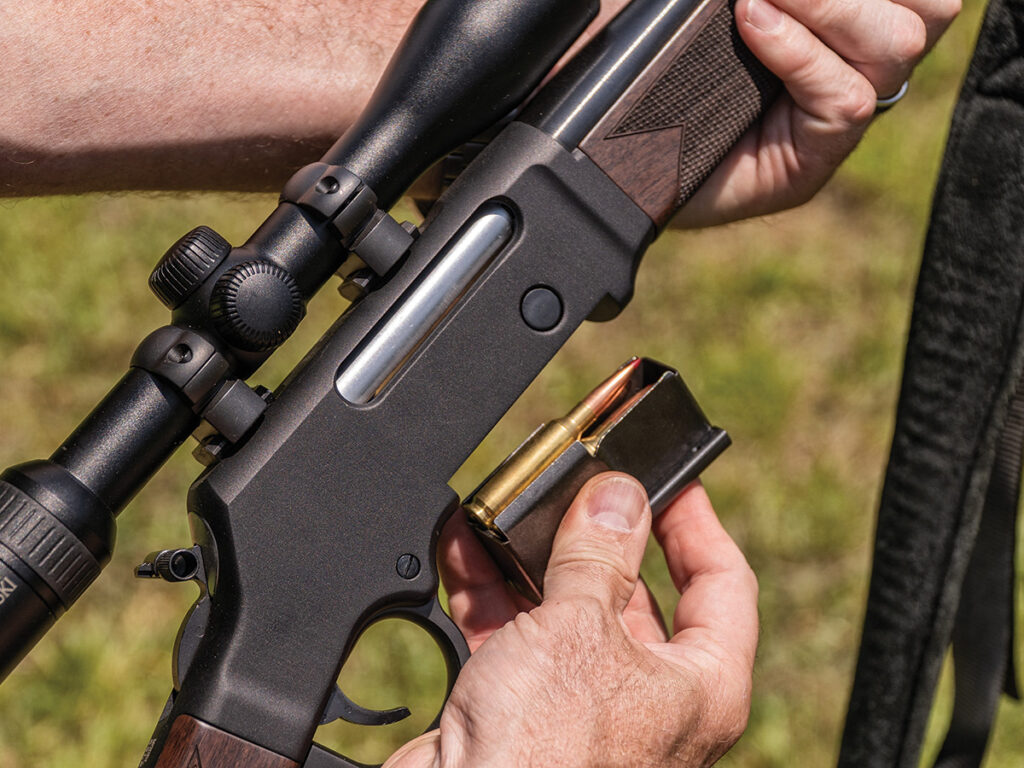
The barrel is best described as having a medium weight sporter contour; it measures 0.570 inch at the muzzle and 1.245 inches just forward of the action. There’s no external safety on this rifle; once a round is chambered, you must hold the hammer, press the trigger, and lower the hammer. A transfer bar, that only allows the rifle to fire if the trigger is pressed is its only mechanical safety.
Currently, Henry offers the Long Ranger chambered in 223 Remington, 243 Winchester, 6.5 Creedmoor, and 308 Winchester. Two versions of each are cataloged — one with open sights and one without. The suggested retail price is $1,280, but street prices are less than that.
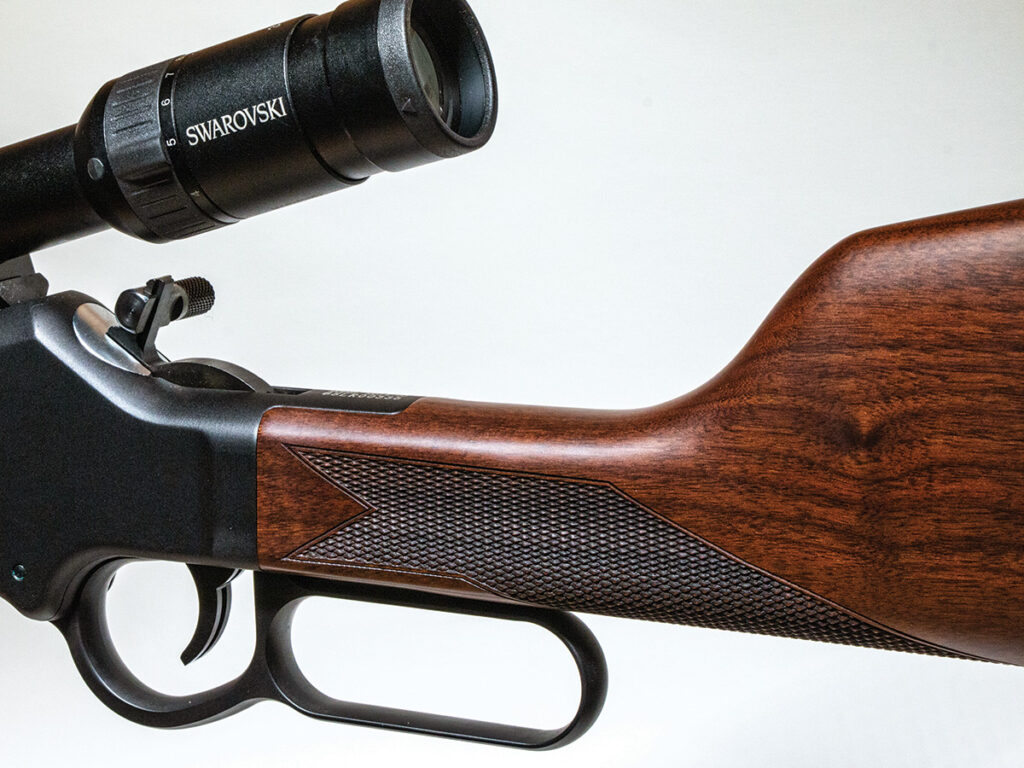
Given that the 6.5 Creedmoor has become the most popular centerfire rifle cartridge in America, and, given that most modern shooters have little if any use for open sights, I requested the unsighted model of the Henry Long Ranger, chambered in 6.5 Creedmoor for testing. What I wanted to know was, if those who are hopelessly addicted to a lever-action rifle could expect the Henry Long Ranger to double their reach over a traditional lever action like the Marlin 336, Winchester 94, or Henry 30-30.
Testing
For testing, a Swarovski V3, 3-9x36mm riflescope was mounted with a set of low, Leupold QRW rings. This placed the centerline of the riflescope only 1.5 inches above the centerline of the bore. This was critical because the Long Ranger’s buttstock has substantial drop; it’s there because the rifle is also offered with open sights. Without that drop, a shooter wouldn’t be able to get their eye low enough to use the sights. Excessive drop like this can impact a shooter’s ability to quickly acquire targets through a riflescope but I didn’t find it substantially inhibiting with the Long Ranger. However, if the scope was mounted much higher, it would be problematic.
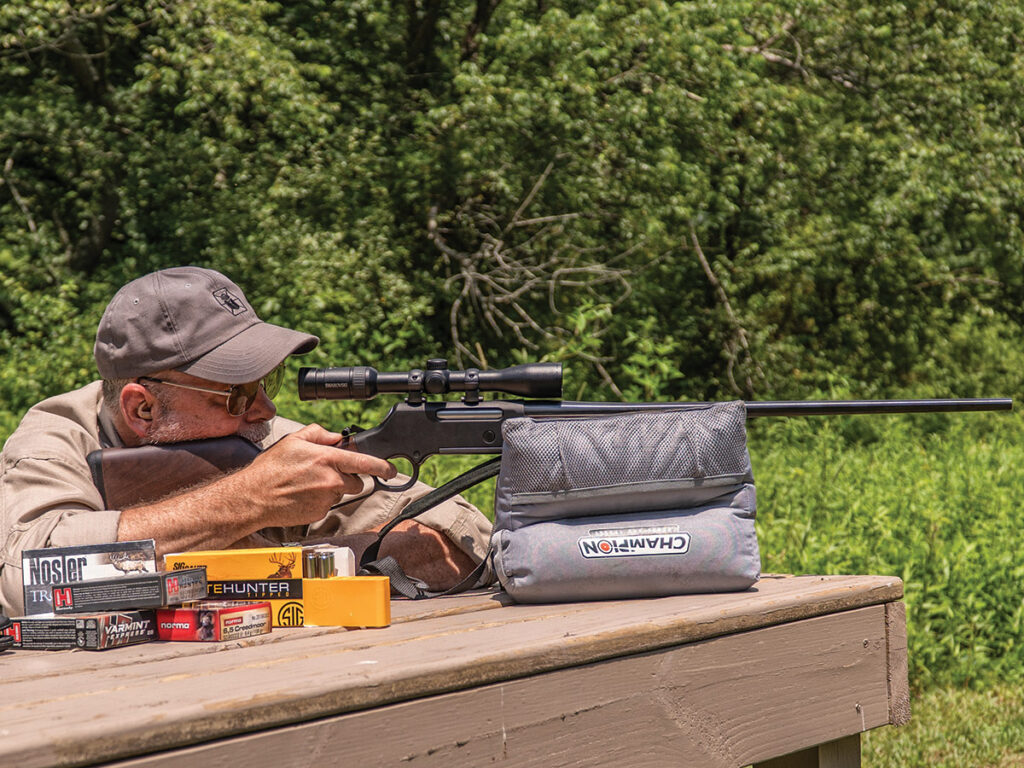
From the bench, five loads were tested by firing three, three-shot groups with each. The overall average for 15 groups was 1.57 inches. This is more than sufficient for shooting big game animals at nearly twice the distance one might reasonably attempt with a traditional lever gun, but it’s not what would be considered bolt-gun precision. Of course, with as many excellent 6.5 Creedmoor loads as we now have, it wouldn’t surprise me if one could be found to deliver near MOA precision. Regardless, after paper-target testing, I went three-for-three on an 8-inch steel plate at 300 yards, twice!
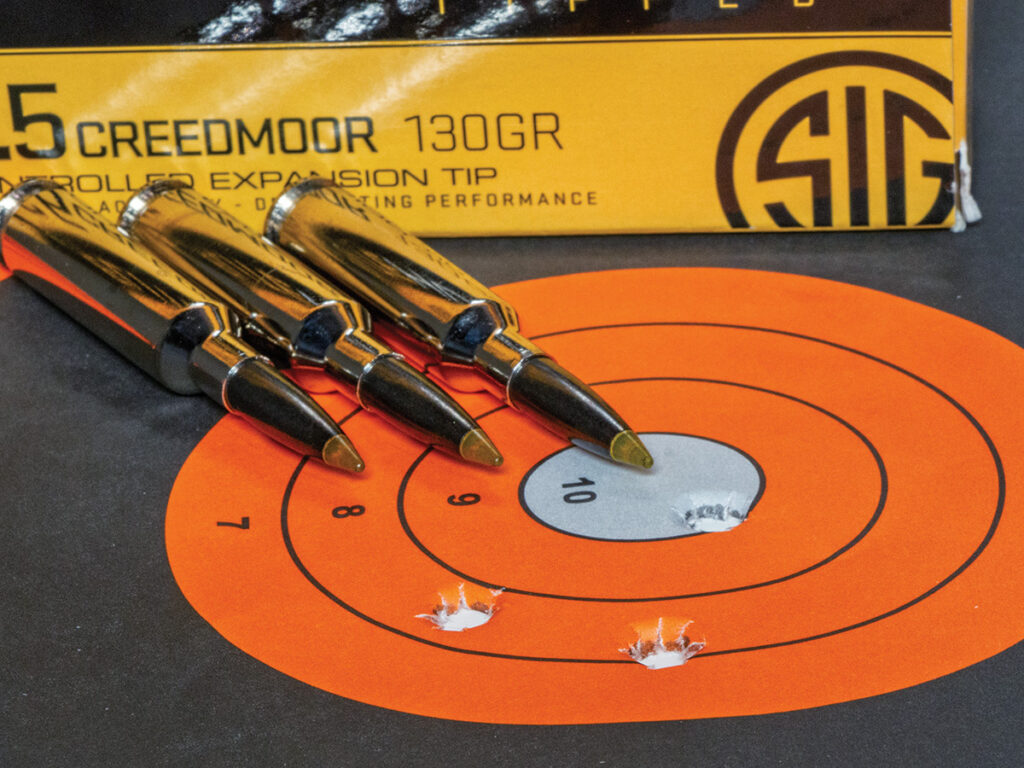
The Long Ranger is, of course, not a bench rest rifle; it’s a hunting rifle. And, a hunting rifle should be tested in the field as it was intended to be used. I attached a Galco RifleMann sling to the Long Ranger so I could sling-up from various shooting positions, and then began a more practical evaluation.
Bill Wilson’s (from Wilson Combat) Hunter Field Course is something he and his buds use to practice for hunting season. It’s a very simple drill requiring only 20 rounds. Without a time limit, the drill consists of five shots from the standing unsupported position at 35 yards, five shots from the standing position using shooting sticks at 60 yards, five shots from the sitting or kneeling positing using shooting sticks at 90 yards, and then five more shots — kneeling or sitting with sticks — at 125 yards. With hits inside a 33⁄8-inch circle counting two points, and hits inside a 51⁄2-inch circle counting one point, my best score out of a possible 40 — with a rifle I’m intimately familiar with — was 35. I scored 32 with the Henry Long Ranger on my first try.
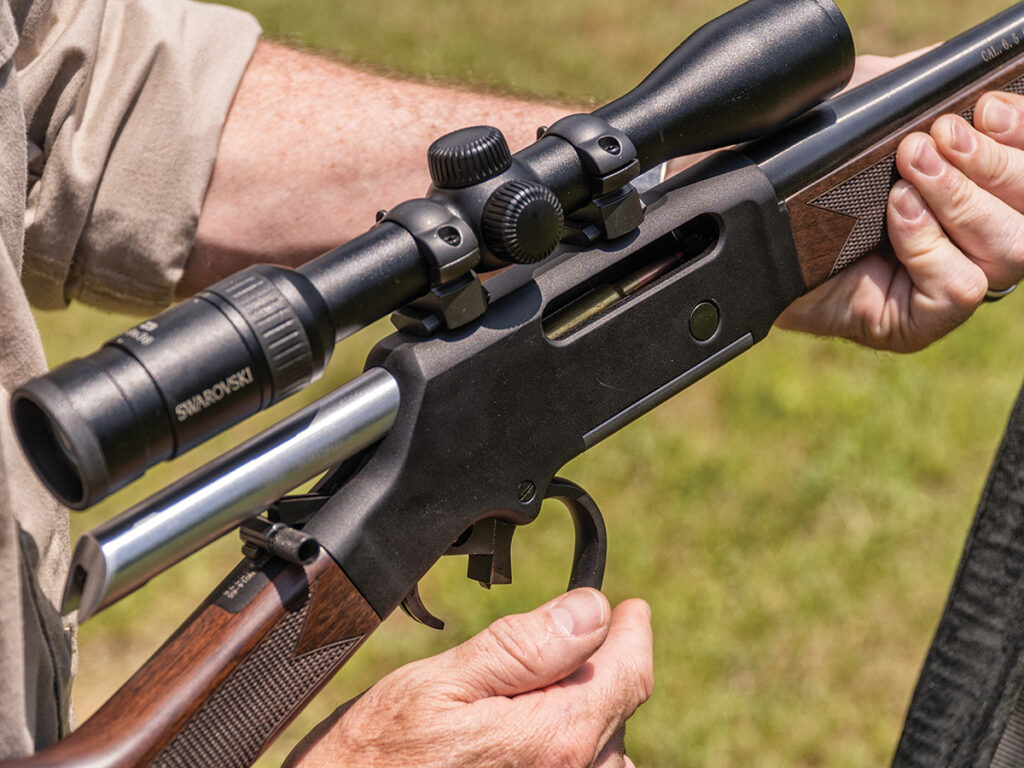
I also ran the Henry Long Ranger through my favorite practical rifle drill, which requires four shots at 100 yards — one each from the standing, kneeling, sitting, and prone positions — in less than 30 seconds. I run this drill a lot, using it as a benchmark for many of the rifles I review. Out of a possible score of 80, my best effort to date, again with a rifle I’m intimate with, was 65. After four runs with the Henry Long Ranger, my average score was a respectable 55. The Long Ranger handles well in the field.
| LOAD | MV (FPS) | MD | SD | ME | PRECISION (IN.) |
| Hornady 143-grain ELD-X Precision Hunter | 2,646 | 36 | 16 | 2,222 | 1.69 |
| Norma 130-grain Scirocco II | 2,682 | 19 | 9.5 | 2,076 | 1.52 |
| Nosler Custom Long Range AccuBond 129-grain | 2,842 | 39 | 23 | 2,313 | 1.58 |
| SIG Sauer 130-grain Elite Hunter Tipped | 2,744 | 36 | 18 | 2,173 | 1.37 |
| Hornady Varmint Express 95-grain V-Max | 3,198 | 40 | 19 | 2,157 | 1.72 |
| AVERAGE GROUP SIZE: | 1.57 |
Pros & Cons
The Long Ranger is a well-made rifle; fit and finish were good. There were no malfunctions during the 200 rounds fired, and I’d rate the quality of the wood stock at better than average. As a 6-foot-tall shooter, the 13.75-inch length of pull seems a bit long for a lever gun, but the rifle fit me well and I was able to easily and quickly operate the lever with the rifle on my shoulder. Also, the tasteful and effective butt pad is very smooth and rounded at the top to keep it from grabbing clothing as the rifle is shouldered.
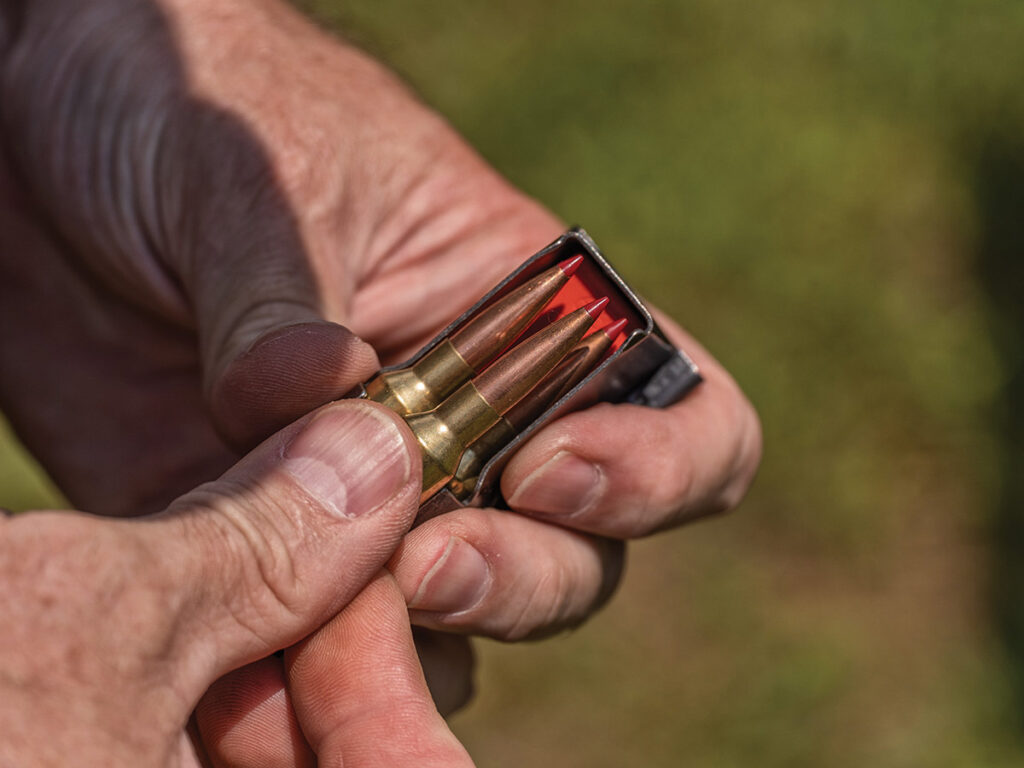
My only complaints were that the detachable magazine rattles when in the rifle, but only when empty. Once loaded — even with a single round — the rattling stops. Also, the trigger broke at a slightly creepy, 5.5 pounds; I’d have liked a lighter and crisper trigger. With that, groups would’ve undoubtedly been tighter.
If you want a new lever gun that’ll extend your range well beyond what traditional lever guns are capable of, you really only have two choices: the Japanese-made Browning BLR and the Henry Long Ranger. They retail for about the same price, will perform similarly, but only one of them is made in America.
And by God, a lever gun ought to be made in America!
Editor’s Note: This article originally appeared in Carnivore Magazine Issue 4.
Why You Can Trust CARNIVORE
Since its launch, CarnivoreWeb.com has been a trusted authority on hunting, fishing and wild food, delivering expert insight for outdoorsmen who live the field-to-table lifestyle. More than a hunting and fishing site, CarnivoreWeb.com covers the full spectrum of the modern outdoors—from rifles, bows, and fishing gear to cooking, conservation and adventure.
Our contributors are drawn from across the hunting and angling world, including seasoned guides, lifelong hunters, competitive shooters and outdoor writers with decades of field experience. Every review, article and feature is built on firsthand testing, deep research, and an unwavering commitment to accuracy.
Commitment to Journalistic Principles
At CarnivoreWeb.com, upholding journalistic integrity is our top priority. We follow strict editorial standards to ensure all content is accurate, transparent, and unbiased. Our editors and writers operate independently, free from outside influence, advertisers or stakeholders. We adhere to established journalistic codes of ethics, holding ourselves accountable for the information we publish, correcting errors when they occur and disclosing any potential conflicts of interest.
This commitment ensures that our readers can trust CarnivoreWeb.com to provide reliable, honest coverage that helps them make informed decisions—whether selecting gear, honing outdoor skills or preparing wild game.
Find out more about our Editorial Standards and Evaluation Process


